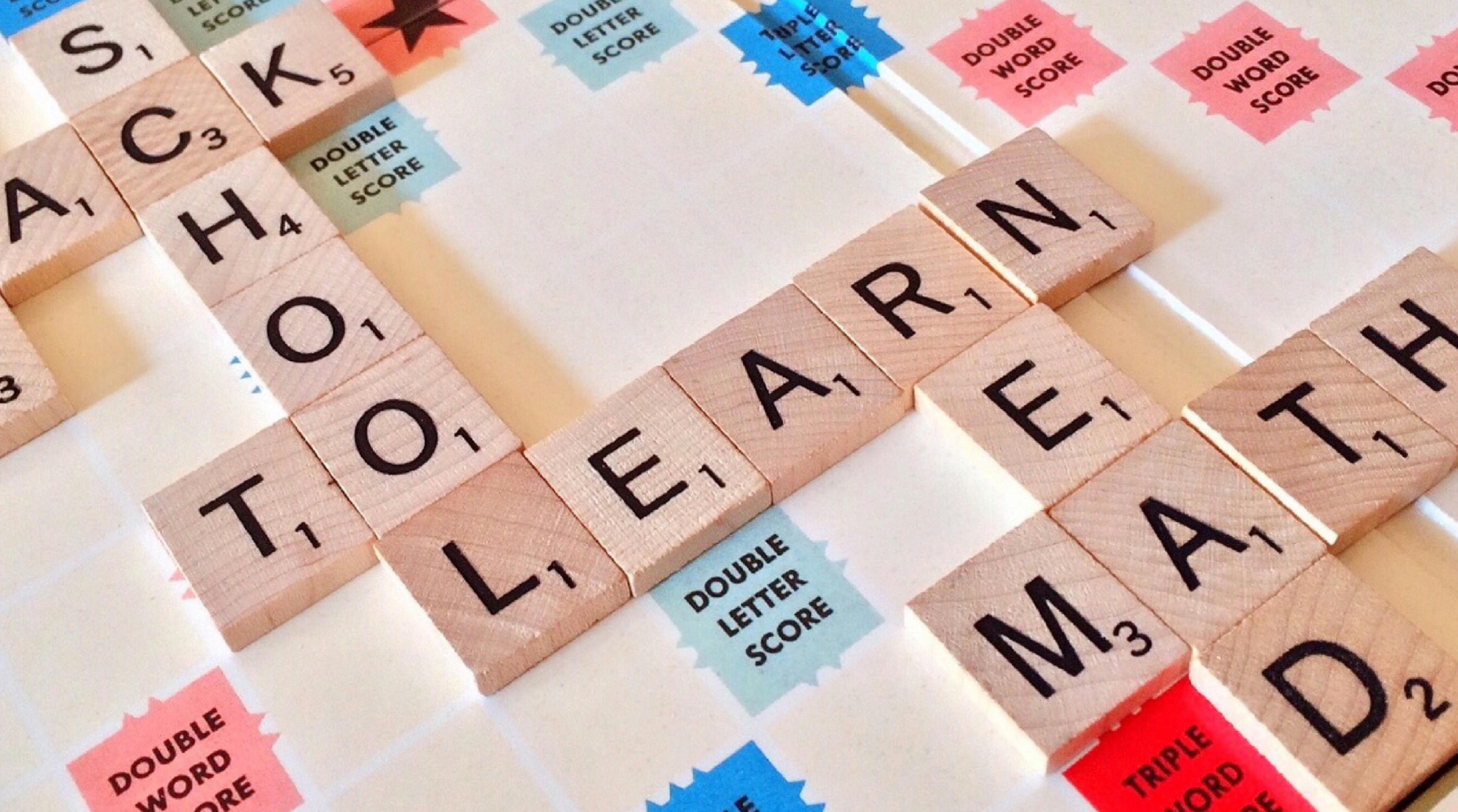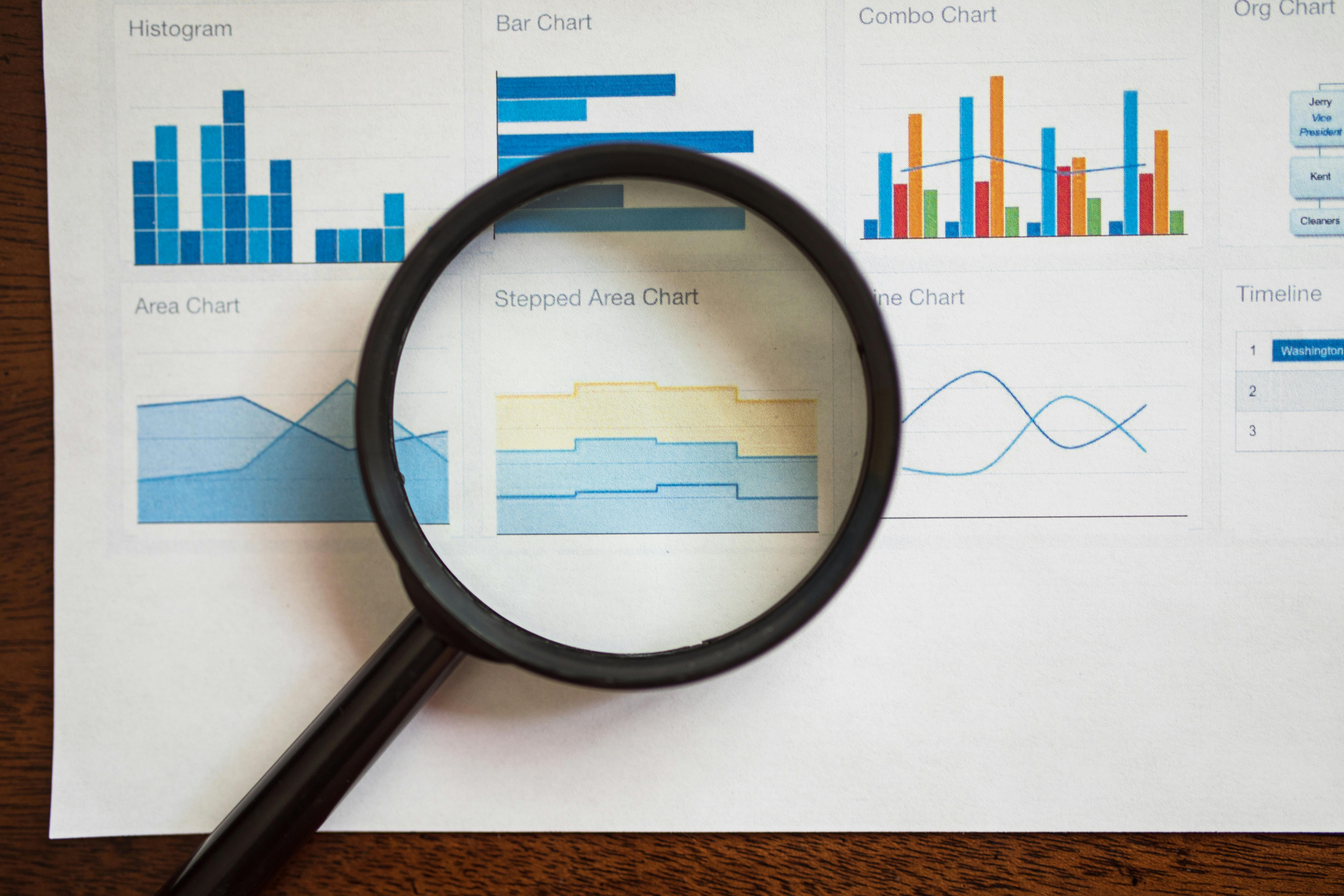Augmented Education: When the Mind Connects with Knowledge

Education, as we have understood it for centuries, starts from a basic idea: to transmit knowledge from one generation to another through formal, linear and standardized structures. But today, that logic is being reconfigured from the ground up. Immersive technologies, artificial intelligence and neurointerfaces are not only transforming what we learn, but how, when and why we do it.
In this new paradigm, learning is no longer just about assimilating content, but about activating capacities, exploring possibilities and connecting more directly, and even biologically, with knowledge.
From the classroom to the environment: learning as an expanded experience
For decades, the educational space was delimited by four walls. Classroom, blackboard, teacher and subject to be taught. Today, the learning has overflowed that framework. Immersive technologies, such as augmented reality, virtual reality or mixed environments, allow students to be transferred to completely new contexts: designing a 3D cell from the inside, walking through an archaeological site or, among others, simulating a medical intervention in real time.
These types of experiences not only make knowledge more accessible, but they also turn it into something that is lived. Learning ceases to be linear to become experiential, sensory and adaptive.
But the most relevant thing is not technological spectacularity, but rather what it allows: to adapt the content to each student, customize the pace, detect cognitive responses in real time and adjust dynamics based on real understanding, not presupposed.
When Education Becomes Cognitive
One of the most disruptive vectors of this educational evolution is the integration of brain-machine interfaces, technologies capable of reading neural signals and translating them into digital actions. Although there are already systems that allow people with ALS to communicate or write with their minds, their applications in the educational field are still in an incipient phase, but full of potential. The possibility that a learning environment responds directly to the student's cognitive and emotional state opens the door to deeply adaptive training experiences, where teaching and learning cease to be unidirectional processes and become a constant dialogue between mind and system.
The possibility of accurately detecting moments of attention, frustration, fatigue or motivation completely changes the way we understand the teaching-learning process. Education is no longer just external: it can adapt to the student's internal state, anticipate blockages, reinforce key moments, redesign the experience according to the mental state.
La artificial intelligence amplify this scenario. Can act as an adaptive tutor, guide the student with Feedback in real time, propose alternative paths, generate tailor-made content. It does not replace the teacher, but it provides an accurate X-ray of each student's cognitive process.

From content to connections
Augmented education is not defined by the devices it uses, but by the type of mind it promotes. What is relevant is no longer just knowing, but connecting what is known: integrating data, experiences, contexts, emotions.
In this sense, emerging technologies do not seek to replace content, but to expand it. They allow a student not only to memorize physical formulas, but to experiment with them in a virtual environment; not only to read about empathy, but to interact with an emotionally reactive avatar; to not only receive theory about sustainability, but to manage a digital ecosystem with real consequences.
The key is to reconfigure the relationship between theory and practice, between mind and environment, between what is taught and what is experienced.
The university as an expanded nucleus
In this context, the university does not lose relevance: it gains a new responsibility. It is no longer just a place for the transmission of knowledge, but a core that radiates methodologies, contexts and tools to diverse environments.
Initiatives such as Santalucía Impulsa Universities illustrate this approach well. They offer students the possibility of applying their knowledge in real environments, with the support of professionals and the resolution of challenges that reflect the complexities of the professional world. It's not about overwhelming the university, but about extending its impact beyond the classroom, combining the academic with the practical, the theoretical with the contextual.
Augmented education does not require giving up the university, but rather rethinking the way it operates: less focused on accumulating credits and more focused on activating the potential of each student through connected, challenging and relevant experiences.
In a future where information will be abundant, free and generated by algorithms, the real difference will not be in knowing more, but in knowing where to be, with whom to collaborate and how to learn at all times. Augmented education is not just a technological leap: it is a profound change in the way we relate to knowledge, to others and to ourselves.
When the mind is directly connected to knowledge, learning ceases to be a mechanical act and becomes a living, fluid, profoundly human process.



.png)